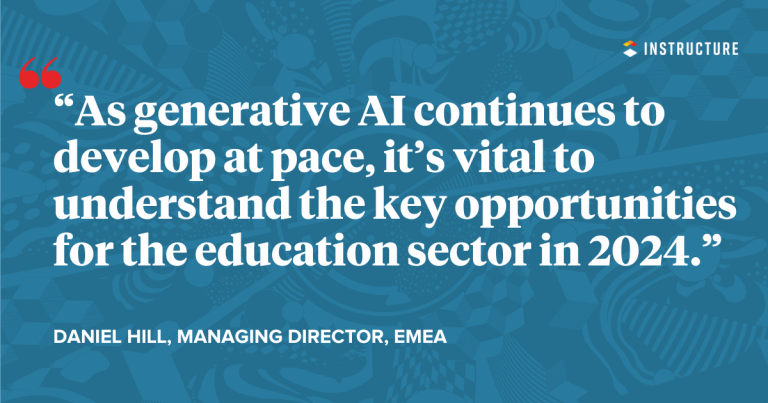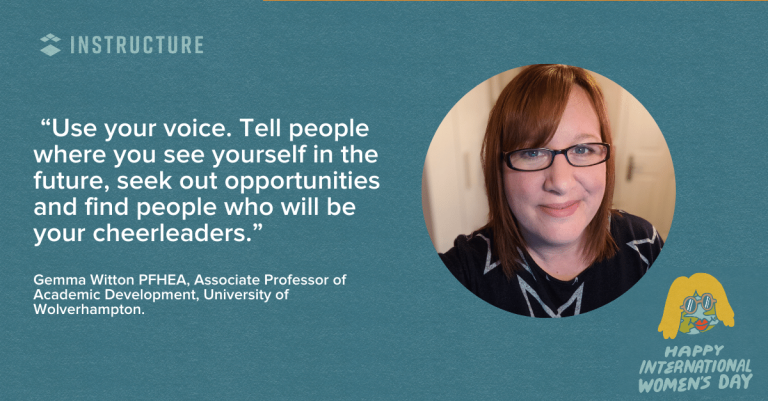The journey from Education 1.0 to Education 3.0
Education 3.0 isn’t just a concept. It’s the real future we’re racing towards. We’re at a place where self-determined learning is almost the norm. Where students are graduating not only with qualifications, but with the confidence to embark upon a career.
But how did we get here?
Education 1.0
Formal education is something that was developed organically through a need to ensure the continuation of knowledge. Historically, learning to read and write wasn’t a basic human right, but a privilege. And it was a privilege given only to those select few who could afford it.
Education 1.0 is often referred to as an ‘essentialist education’, where a small number of students are taught specific skills through specific methods. It’s rooted in the 3 R’s: receiving, responding, and regurgitation. Essentially, a student receives knowledge, responds to learning methods, and finally regurgitates what they know.
Right up until the late 1990s/early 2000s, a teacher in a classroom was really the primary source of knowledge for students. Libraries existed, of course. As did limited technological solutions such as encyclopedias on CD. But students were largely dependent on teachers for learning, with very few other options available to them.
This educational model is largely a one-way system, where knowledge is transferred in a linear fashion between teacher and student. And the benefits of this approach are clear to see. It’s a method that’s ultimately designed to deliver a predictable result, which is what institutions want; they want to see their learners complete their courses.
But we started to ask, ‘could we be doing more to make the educational journey even better?’. ‘Could we be doing more to not only focus on teaching, but on ensuring students are learning’? That’s when more accessible online courses were introduced.
Education 2.0
As more homes became internet connected, there was suddenly a new opportunity to deliver knowledge in a new way, to more people. And, in the early 2000s, we saw the launch of massive open online courses, or MOOCs, which broke down barriers and enabled students to learn new skills from practically any connected location.
Education 2.0 was born, becoming known as more of a ‘humanistic education’ due to the huge numbers of learners. Now, education wasn’t just for the elite or the privileged. It was for everyone. And the approach was founded in the 3 C’s: communicating, contributing, and collaborating, with everyone working together.
The teacher, now, was not the only source of information. While teachers still played a huge role in knowledge sharing, we now had many more online resources to support learning, and other students to lean on and learn from.
It transformed the situation from being a straight, linear line between teacher and student to a circle connecting every learner, and every resource. However, it also came with a problem.
Education 2.0 was born out of major advances in technology. And ironically, it’s further ongoing advancements in technology that have set its demise in motion.
The technological landscape is moving forward at a rapid pace. So much so that new avenues and opportunities in education are rapidly emerging – and that’s because technology is empowering diversity in teaching approaches.
It changed how we learn. But it didn’t change what we learn. The outcome is much the same; the outcome is a person that has the same knowledge as everyone else, even if they acquired this knowledge in a very different way.
With tech evolving so rapidly, and business needs changing so quickly, we don’t just need to have different ways of learning; we need to have different outcomes. We need a talent pool that’s filled with diverse skill sets, diverse talents, and extensive knowledge bases.
And that comes from introducing greater flexibility in education.
Education 3.0
Education 2.0 was designed to address the problem of the over reliance on a single learning resource. It changed how students learnt. Education 3.0 is designed to solve the other challenge; it’s designed to change what today’s students are learning.
Education 3.0 is a ‘user-generated education’; it’s built around the individual needs of the student. It’s also rooted in the 3 C’s, but this time we’re referring to connecting, creating, and constructing; we’re allowing students the freedom and flexibility to build their own learning journey to best align with their own goals.
In a world of Education 3.0, every student has a different story, and a different learning experience. They’re not all-absorbing knowledge in the same way, nor are they all learning the same things. They’re learning the skills that are most relevant to their goals, and to their own interests and passions, in a way that best suits them.
As such, the role of the teacher has changed. Once the primary source of knowledge, today’s teachers are guides. They’re drivers of the learning experience. They’re supporters, helping students to get the most possible value out of their time in education. And they’re instrumental in developing a new generation of workers who have what it takes to make real change to create a brighter, stronger tomorrow.
The End of the Journey?
Is this education’s final form? Not at all. As we have seen, technology is continually creating new possibilities and opening doors to new approaches, new ways of thinking and new methodologies. Powered by technology, we can expect education to continue to evolve to meet the changing needs of future generations, inspired by the myriad new prospects that tomorrow’s technology affords.
We’re already beginning to see artificial intelligence being used to shape individual learning journeys, for example, but this will surely evolve beyond what’s possible right now. Micro-credentials are replacing summative tests. Intelligent environments that are responsive to student needs are now a reality – but tomorrow’s advances, driven by changing student needs and the barriers of possibility are likely to be equally, if not more, transformative. We’re proud to be standing at the forefront of this exciting change.
Related Content
 041524-lifelong-learning-blog.jpeg
041524-lifelong-learning-blog.jpegBlog Articles
 dan_article_-_ai_2.png
dan_article_-_ai_2.pngBlog Articles
 fan_graphic_5.png
fan_graphic_5.pngBlog Articles